For some, whey is abundant in the home. With cheese and yogurt-making comes an excess of whey. Though homemade protein powder is always a good use of the excess, the abundance can also be used in the sourdough world – both for feeding sourdough starter and for making sourdough bread. Let’s talk more about the different types of whey and how they can be used for sourdough.
In this article:
What is whey?
Whey is a liquid byproduct of cheese production. It is the leftover liquid remaining after milk has been curdled and strained from the curds during the cheese-making process. Whey is composed of water, lactose (milk sugar), minerals, vitamins, and proteins, including whey proteins such as beta-lactoglobulin and alpha-lactalbumin.
Types of whey
There are two types of whey: sweet whey and acid whey. Both types of whey come from cheese or yogurt-making, but the method in which the whey is obtained is different.
Sweet Whey:
Sweet whey is the whey produced when rennet is used in the process of separating milk curds. This is typically done during the process of making hard cheeses, such as cheddar or Swiss. It has a higher pH (around 5.9-6.6) and a milder flavor compared to acid whey. Sweet whey contains more lactose and less protein than acid whey and is often used in food products, animal feed, or in whey protein powders.
Acid Whey:
Acid whey is the whey produced when acid (such as lemon juice or vinegar) is used in the process of separating milk curds. This is typically done during the process of making cheeses such as ricotta or cottage cheese. It can also be obtained from straining yogurt. This type of whey is more common in the home setting. It has a lower pH (around 4.6-5.1) and a more acidic flavor compared to sweet whey. Acid whey also contains higher levels of lactic acid and protein compared to sweet whey.
Which type of whey is best for sourdough?
Of the two types of whey, sweet whey is best for most uses in the sourdough world. Its sweeter, milder flavor makes it so. It is a fantastic source of nutrients for your sourdough starter and an excellent source of protein for your bread.
However, I have tested acid whey in my bread-making and in the feeding of my sourdough starter and should note that it is usable as well. If acid whey is the only kind of whey found in your home, there is still hope!
Altogether, both kinds of whey are usable in sourdough baking; however, sweet whey is preferred for most applications.
Whey in Sourdough Starter
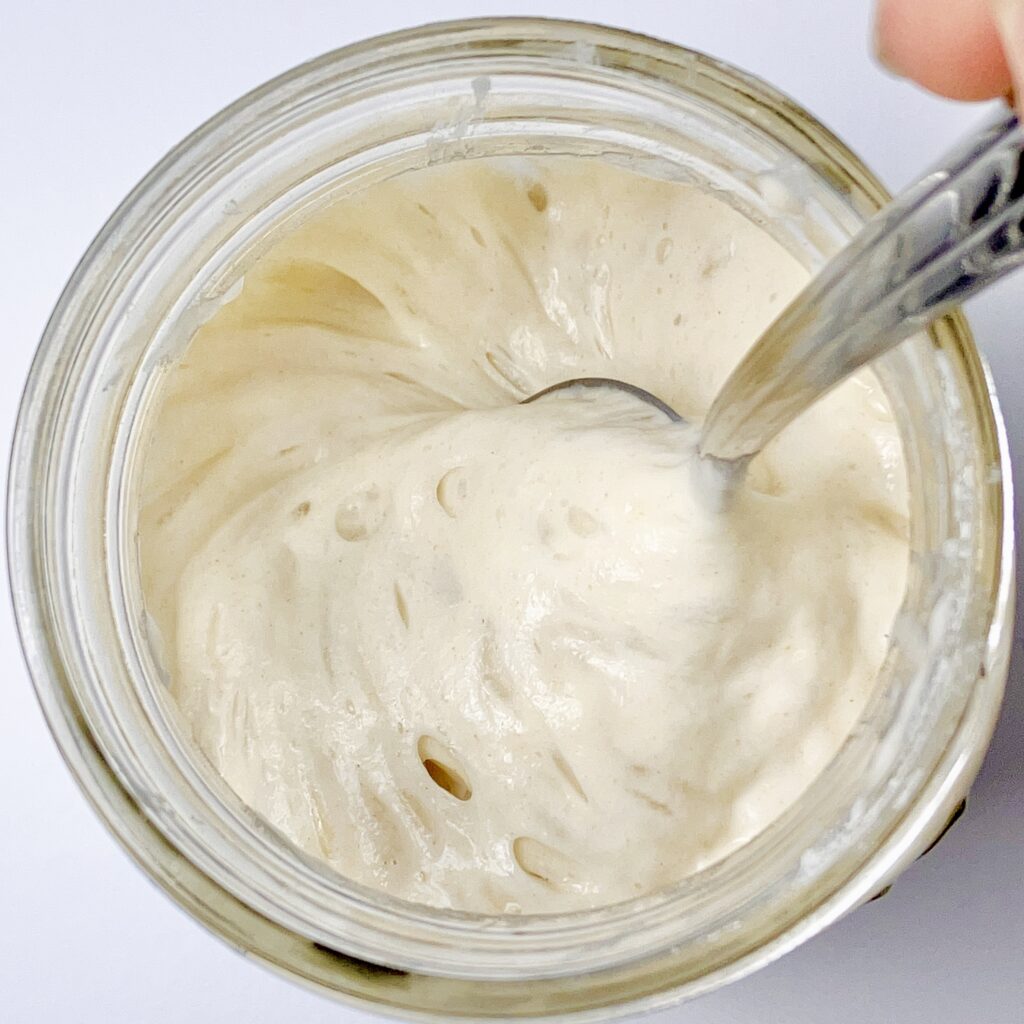
Whey can be used to feed sourdough starter. In fact, the beneficial bacteria in whey may keep a sourdough starter healthier than one fed with only water. As with any new routine, use caution when trying for the first time, and always keep a starter backup, especially when attempting with acid whey.
To use whey in the feeding of sourdough starter, replace the amount of water you would normally use to feed your sourdough starter one-for-one with whey. Stir, rest, and repeat as often as you like! Watch your starter bubble up and become extra healthy.
While whey can be used to feed an established starter and keep it healthy, it can also be used to begin the process of creating a sourdough starter. Use acid whey in the first one to three feedings when making a starter from scratch. Since acid whey is high in lactic acid (an important component of sourdough starter), it can help boost the bubbles and get activity moving quicker.
Whey in Sourdough Bread
Whey can be used to make sourdough bread. It works well for both partial or full replacement of water or milk in most recipes. To use whey in place of water or milk, simply use a one-to-one substitution method, just like with the feeding of sourdough starter. Using whey to make sourdough bread may change some components of the recipe, depending on what type of bread is being made. The effects are most noticeable in Artisan breads, like my country bread recipe.
Use of whey in milk-based breads:
The effects of whey are much less noticeable in milk-based breads than in water-based breads. Breads made with milk as a percentage of, or majority of, the total liquid in the recipe are already accommodated to adjust to the effects of milk, which are stronger than the effects of whey. With the use of milk brings a tighter crumb and a deeper browning to the crust of the final baked product. Because whey is a by-product of milk, the effects are diluted, yet similar. Milk-based recipes, such as cinnamon rolls or sandwich bread, are generally baked lower and slower, to accommodate for the extra browning that occurs with the use of milk. In addition, these recipes do not come with the desire of an open crumb, rather the focus is more on bread pull or a specific flavor achieved from the milk. Sweet whey is always a great one-for-one substitution in these recipes, and still brings a beautiful flavor, though it is possible to use acid whey as well.
Use of whey in Artisan breads:
Generally, Artisan breads are water-based, meaning the water is the main, and typically only, source of liquid in the recipe. Most Artisan breads simply contain flour, water, salt, and sourdough starter; though, some of my Artisan recipes contain a small percentage of milk, oil, and/or sugar. Artisan breads are typically hand-strengthened and baked at high temperatures, with steam, to create a beautiful open and chewy interior with a crispy crust.
Whey can be used in place of water in Artisan recipes, though there will be some obvious effects. Whey affects the crumb, flavor, and crust of the bread. The crumb is likely to be tighter than a loaf made only with water, though not extremely tight like a loaf made with milk as the main liquid. Depending on the outcome of your typical loaves, you may not notice a difference in the crumb at all. Second, the flavor of the whey brings a flavor to the bread that was not present with only water. This is why sweet whey is preferred, as it brings a more delightful, sweet flavor than acid whey. If you do not mind the flavor of acid whey in your bread, go ahead and use it as often as you like! It will still make a great bread, only with a slightly more acidic flavor. Last, whey causes a deeper browning of the crust. Because Artisan style breads are typically baked at higher temperatures, you may notice burning or greater darkening on the outside of the loaf before it is finished baking. Baking time and/or temperature may need to be reduced slightly, if possible.
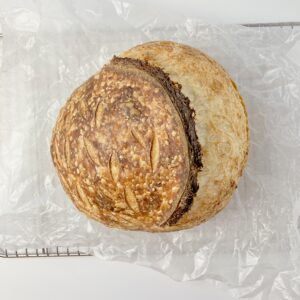
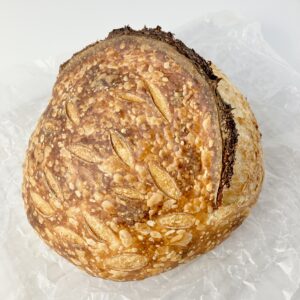
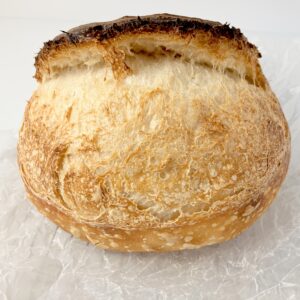
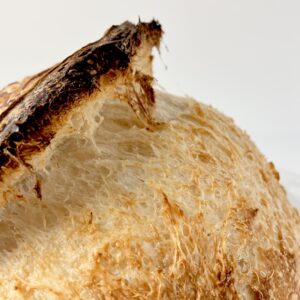
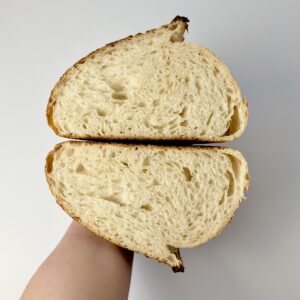
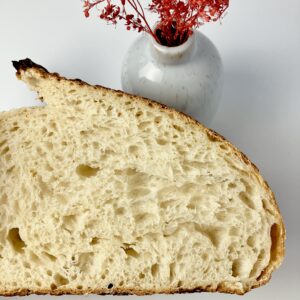
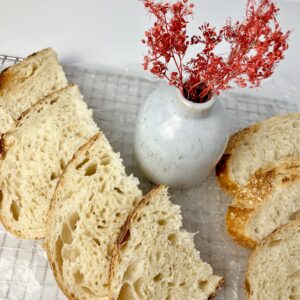
Use of whey in sourdough discard recipes:
When it comes to sourdough discard recipes, the potential to use whey in place of a liquid completely depends on the recipe and function of the liquid. In quick bread recipes, whey can almost always be used in place of milk. In many of my quick bread recipes, I do not use an additional liquid at all. In cases where I do, the purpose is usually to thin out the batter. In this case, using whey in place of the liquid in a one-to-one ratio is completely acceptable. In other types of sourdough discard recipes, such as fry batter, it is not ideal to use whey. Altogether, use judgment when considering whey as a substitution for any liquid in a sourdough discard recipe.
What questions do you still have?
Is there anything I missed when covering this information? Or, anything you are still confused about or that could be explained better? Please let me know in the comments! I’ll be happy to answer your questions and even update this article, if needed.
Happy baking!
Join the email list
Join the email list to be notified when a new recipe or blog post comes out. No spam, just sourdough. Unsubscribe at any time.

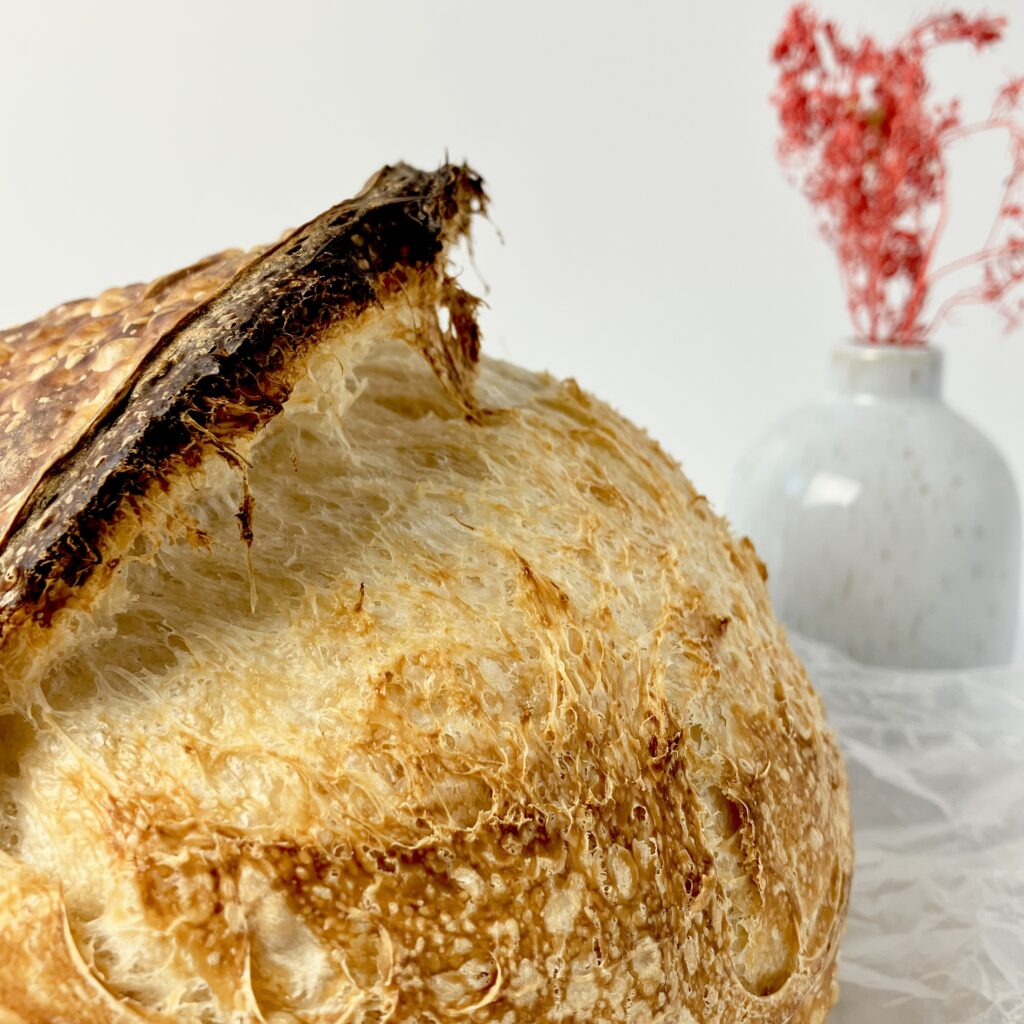
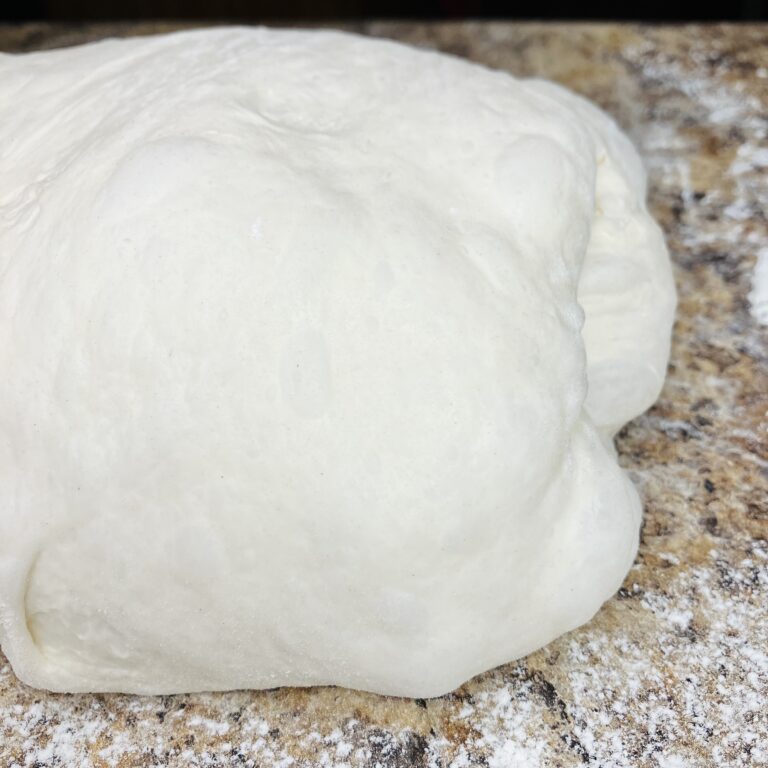
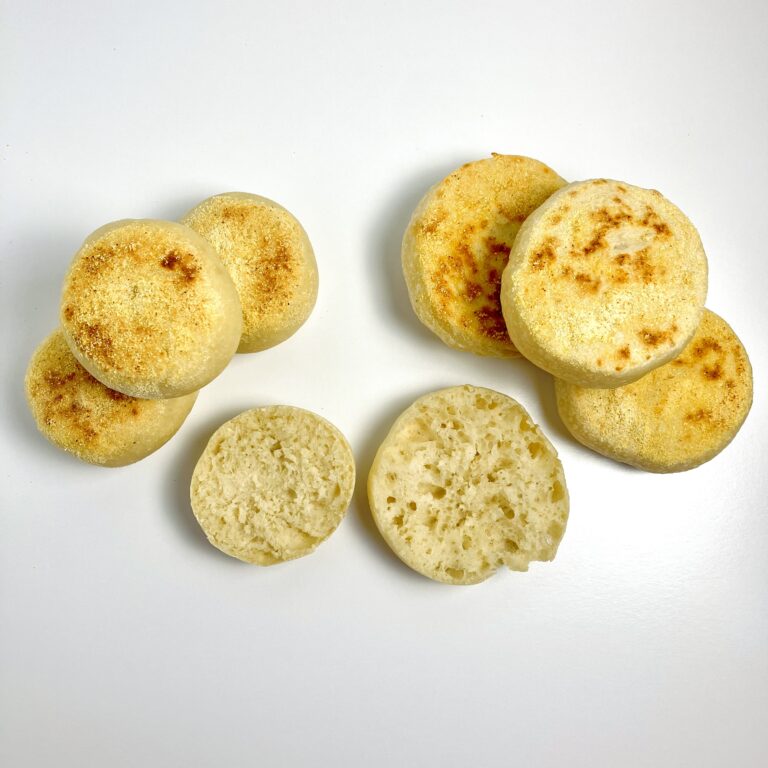
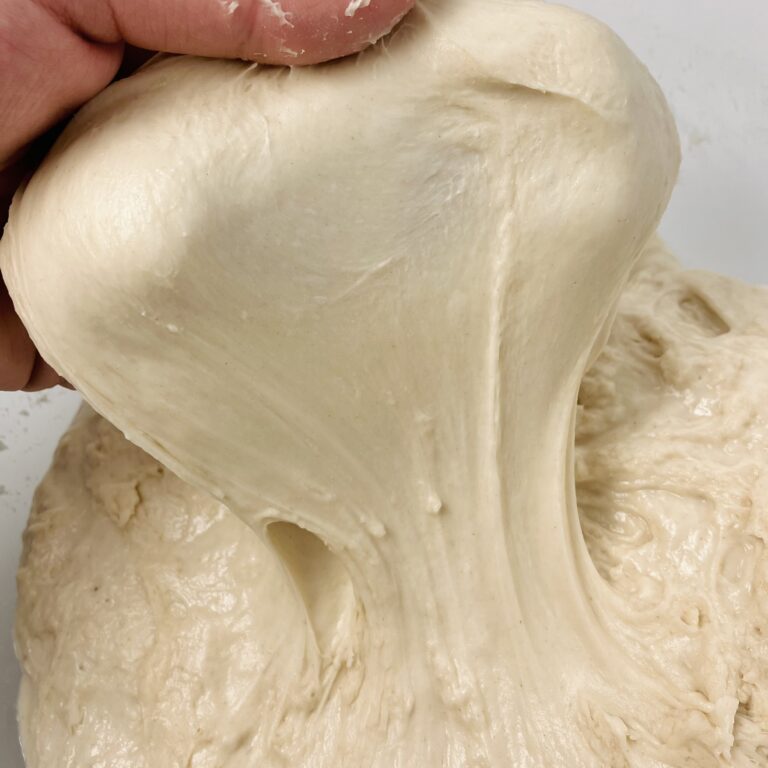
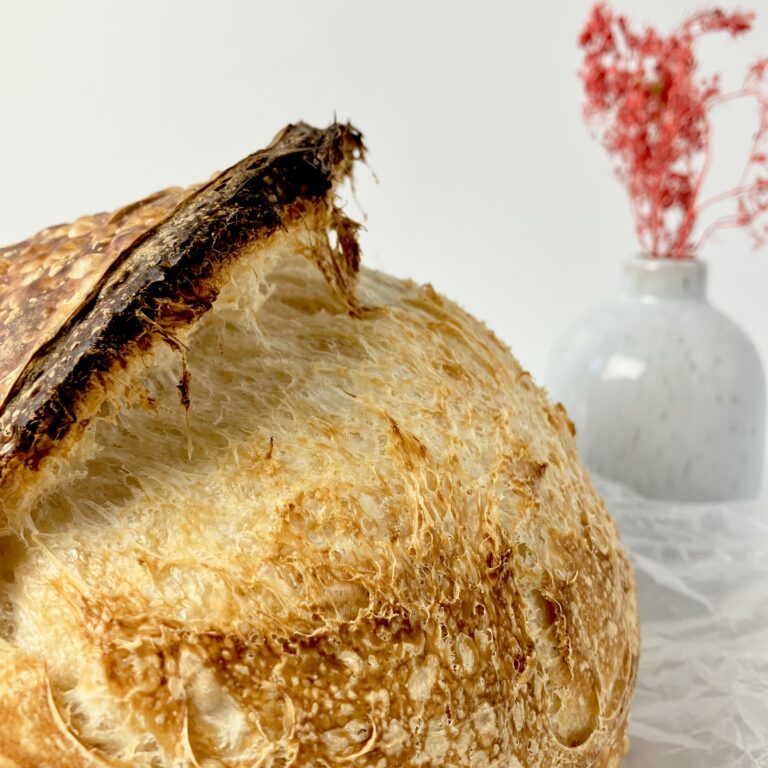
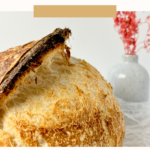
Heya exeptional blog! Does running a blog like this take a large
amount of work? I’ve virtually no knowledge of coding however I had been hoping tto start my own blog in the near future.
Anyhow, shoulkd you have any recommendations or techniiques for new blog owners please share.
I understand this is off topic however I just had
to ask. Maany thanks! https://TRI1Ls.Webflow.io/
Hi! If you’ll send me a message through my contact form, I’d be happy to give you some guidance. Luckily, you don’t have to understand coding to be able to run a blog ♥️ Best wishes!